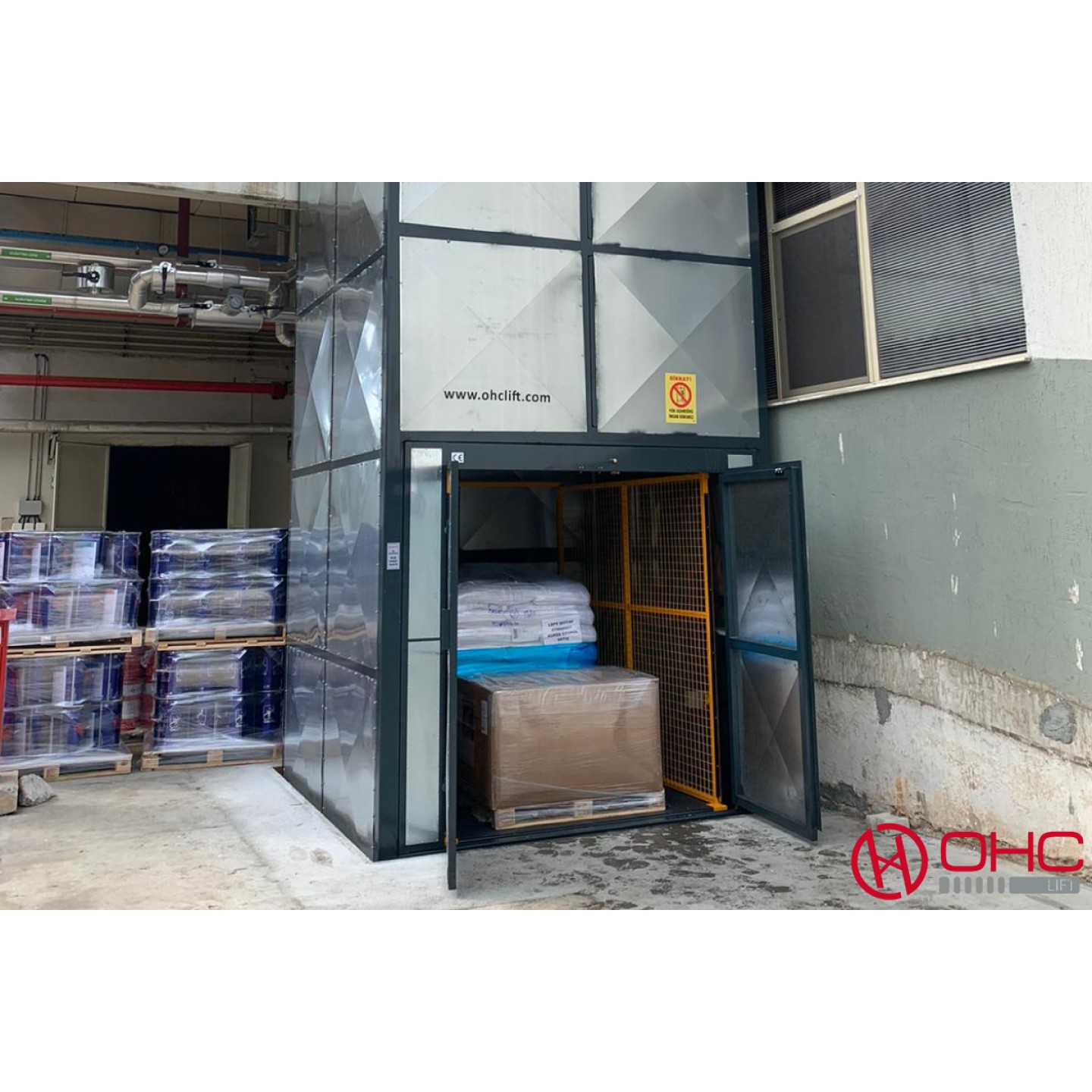
Freight elevators, also known as freight platforms, are elevator systems designed for the transportation of heavy loads in various industrial and commercial applications. These elevators are typically custom-designed and manufactured to meet specific requirements.
How to Build a Freight Elevator?
1. Project Design:
The first step is to determine the specifications and needs of the location where the freight elevator will be used. Considerations such as height, carrying capacity, speed, and other features are taken into account.
An engineering firm or design team develops a project that aligns with the customer's requirements.
2. Engineering Studies:
Once the details of the design are established, engineering calculations and drawings are created.
Structural engineering, integration of electrical and mechanical systems, and other aspects are addressed during this phase.
3. Material Selection:
Appropriate materials are chosen for various components of the freight elevator. These materials typically need to be strong and durable.
4. Production:
After completing the design and engineering stages, the production process begins.
Structural elements, elevator cabins, safety systems, and other components are manufactured.
5. Assembly:
The elevator is assembled by bringing the produced parts together.
Mechanical and electrical systems are integrated.
6. Testing and Trial:
Following the manufacturing and assembly stages, the freight elevator undergoes various tests.
These tests ensure the elevator's safety, performance, and durability.
7. Installation and Maintenance:
The freight elevator is installed and commissioned at its intended location.
Regular maintenance and periodic inspections are crucial to ensuring the elevator operates safely and efficiently.
These general steps are the main stages that can be involved in the manufacturing process of freight elevators. However, it is important to remember that each project has its own unique needs. Compliance with appropriate national and international standards is also a critical part of the production process.
